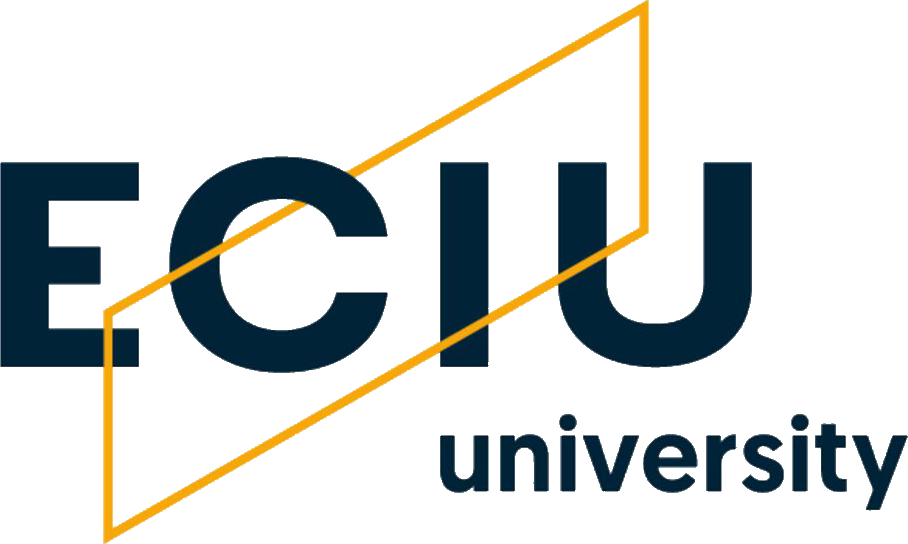Scientists from Lodz University of Technology and the Technical University in Dortmund have been working on an innovative technology of antibody production in bioreactors. The antibodies will come to our aid in fighting cancer. The technology will accelerate the production process and render it less expensive. Professor Andrzej Górak, an ordinary member of ACATECH - German National Academy of Science and Engineering, talks about this international project.
You are working on processes of production, in bioreactors, of antibodies that are used in cancer treatment. What role has process engineering played in the development of this technology?
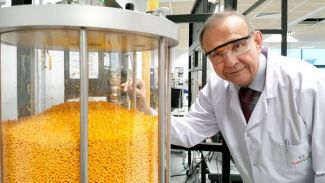
Chemotherapy is the best known method of cancer treatment. It destroys cancer cells but, unfortunately, it also destroys healthy ones. Antibodies, on the other hand, especially monoclonal antibodies, only attack cancer cells at cancer sites. That is why they are known as golden bullets. Sad to say, they are extremely expensive, which is a disadvantage. One gram can sometimes be several hundred times more expensive that one gram of gold. They are extracted from the biomass in which they are located. The concentration of antibodies in the biomass is very low - several tens of grams per litre. You want to separate them in some way. The technology that is used for that purpose, the fundamentals of which are rooted in process engineering, relies on polymer solvents fed into the biomass in order to separate the antibodies from it so that they could undergo purification and be used in medicines.
How are the developed technologies innovative?
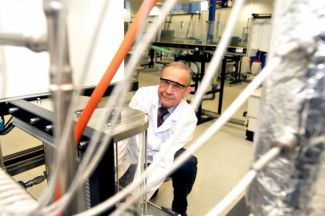
Firstly, we wanted to reduce antibody production costs by 90%, which meant a tenfold reduction. Secondly, we managed to cut the time from prototype to pilot production by 30%. Therefore, production of antibodies that help treat cancer will be cheaper and faster.
Where does the biomass come from?
Monoclonal antibodies in biomass are cultured, for example, in Chinese hamster ovarian cells.
Had the apparatus and solvents that were used in the project been previously used or had they been designed and developed with this particular research project in mind?
Prototypes of new devices were built during the project, some of which have been patented. Currently, part of the technology that we have developed is used by Bayer. Solvents, mixing and purification methods have been developed for this research project.
The goal of the research is to help patients. How long is it going to be before there are medicines to help them?
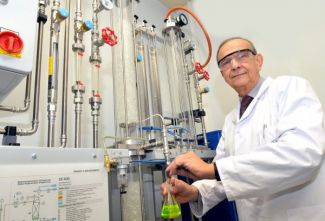
Usually, it takes about ten years from the time that you get promising research results that allow you to hope that a given substance can help treat a disease until you can buy it in the form of a medicine. We already have the technology of biomass purification and antibody extraction but I think we still need about five more years before we can enter the production phase and go through the legal proceedings.
Do you know of similar research projects being conducted in the world?
Scientists from Lodz University of Technology and the Technical University in Dortmund collaborate with two major pharmaceutical companies, but, of course, there are other companies that are involved in similar research. You need to know though that each company works on different types of antibodies. Some are used in cancer treatment, others in fighting Alzheimer's disease - each type of antibodies requires a different purification technology.
What processes are used for antibody purification?
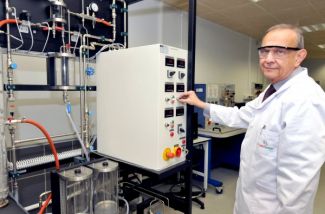
Membrane separation processes are the most frequently used ones. A membrane, which usually is a solid, functions in such a way that it selectively lets some substance to pass through it in one direction, for example, Gore-Tex lets water vapour through. As far as monoclonal antibodies, they remain on the surface of the membrane while all other substances permeate. Another technique, extraction, consists in adding a solvent to the biomass that facilitates the dissolution of antibodies.
You are an author of a dictionary of environmental protection. Where did the idea come from?
Previously, professor Jerzy Buzek and I started a Polish-German cooperation network in the field of environmental protection, of which Lodz University of Technology was a prominent partner. The idea to publish a Polish-German dictionary of environmental protection was one of the bonus outcomes of this project. I managed to obtain a grant from the German Federal Environmental Foundation for its publication. The dictionary is still relevant because, among other reasons, there are many differences between these two languages concerning how things are classified, how technologies are described and between legal proceedings.
It is worth being a scientists because ...
... you always get to deal with something new. You can, to a limited extent but still, try to change the world. It is also rewarding because I frequently get the opportunity to work with inspiring, scholarly people of great insight.
